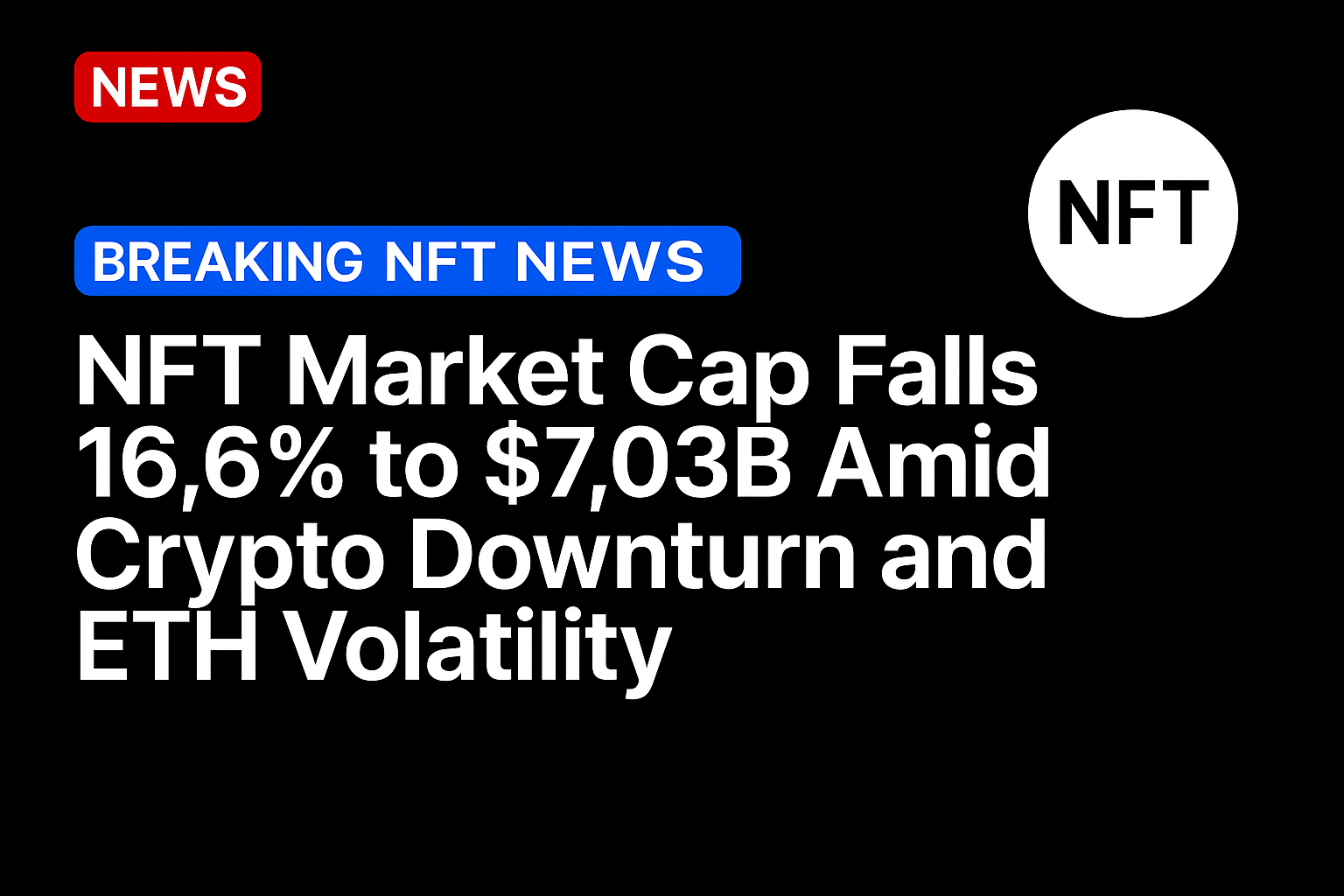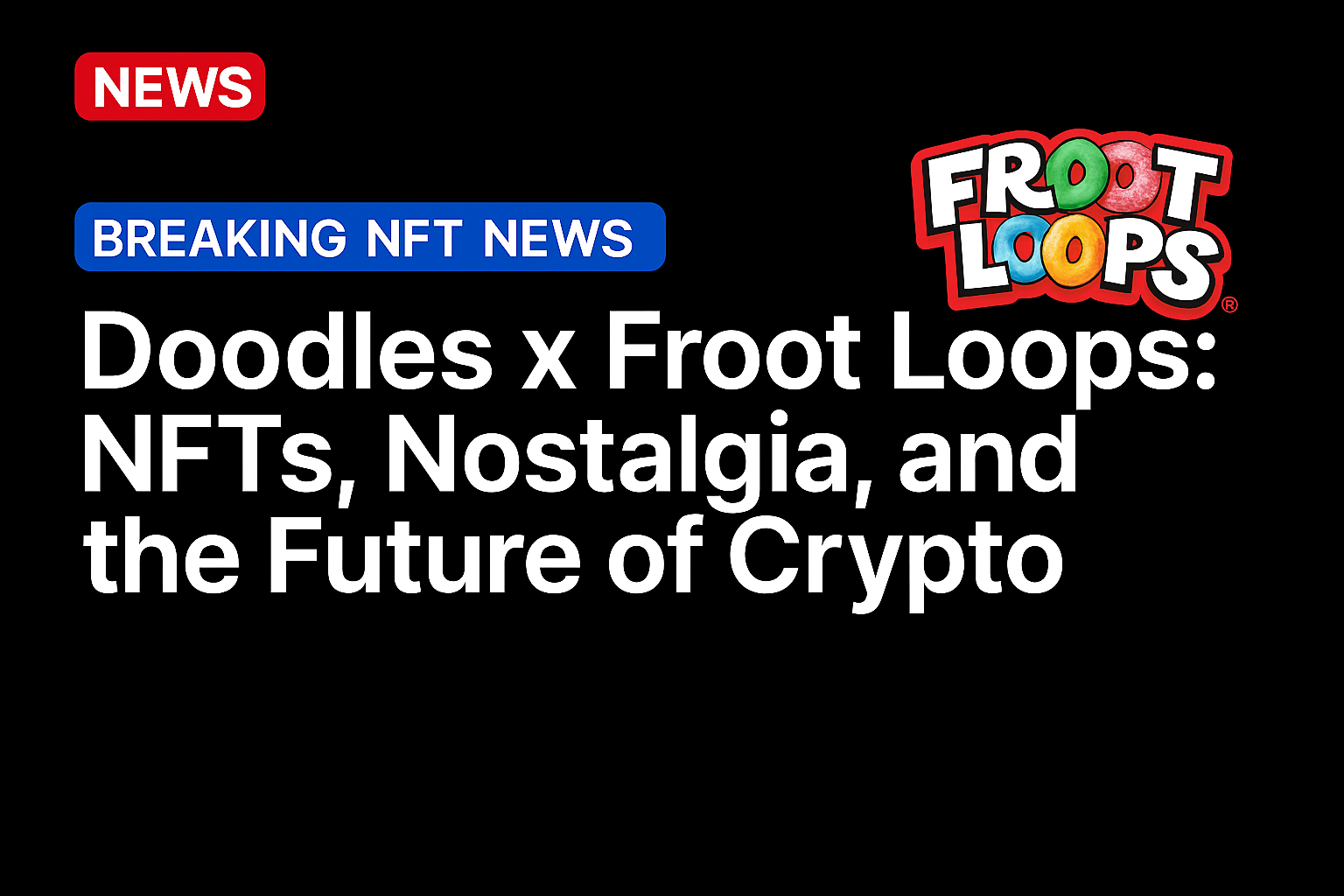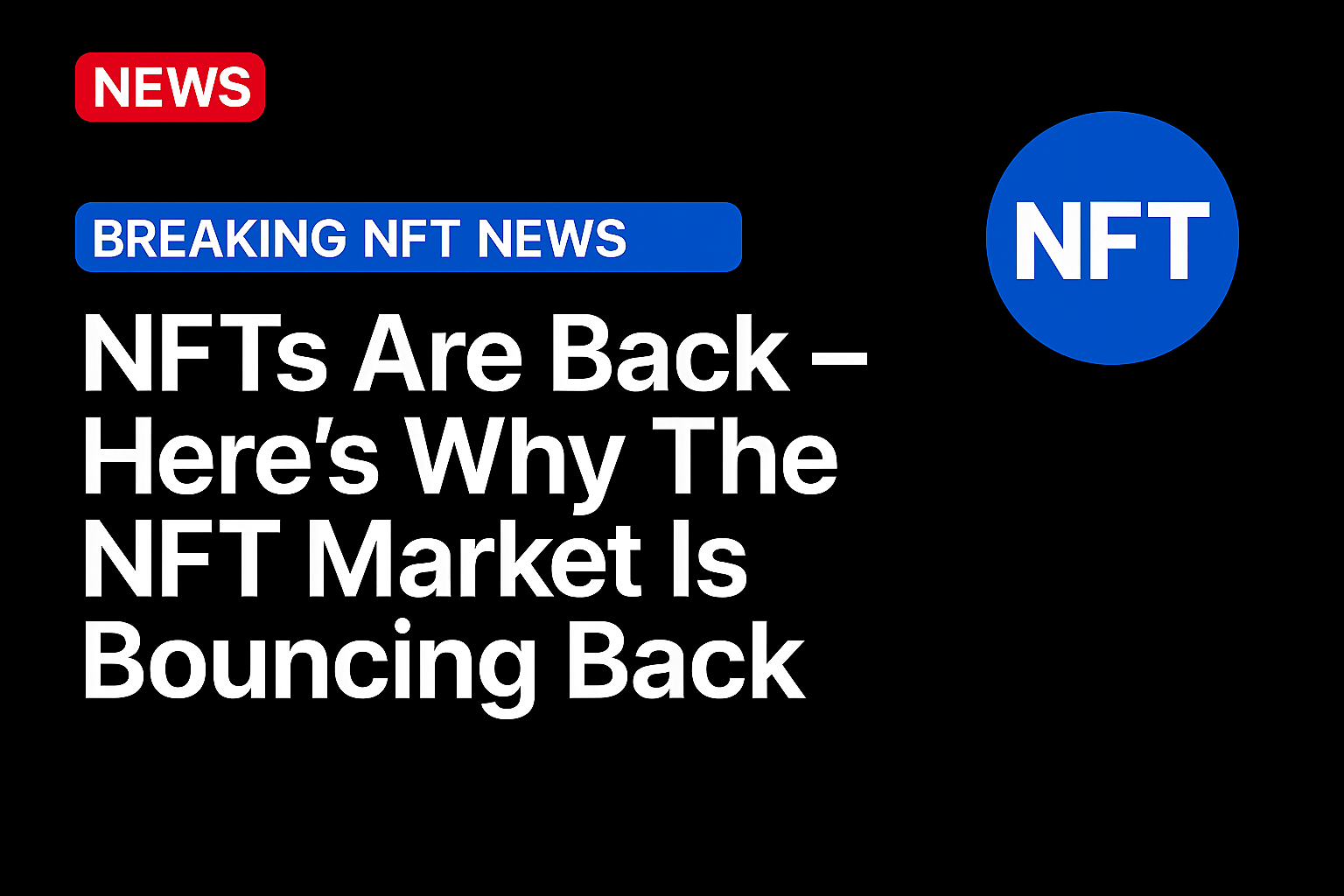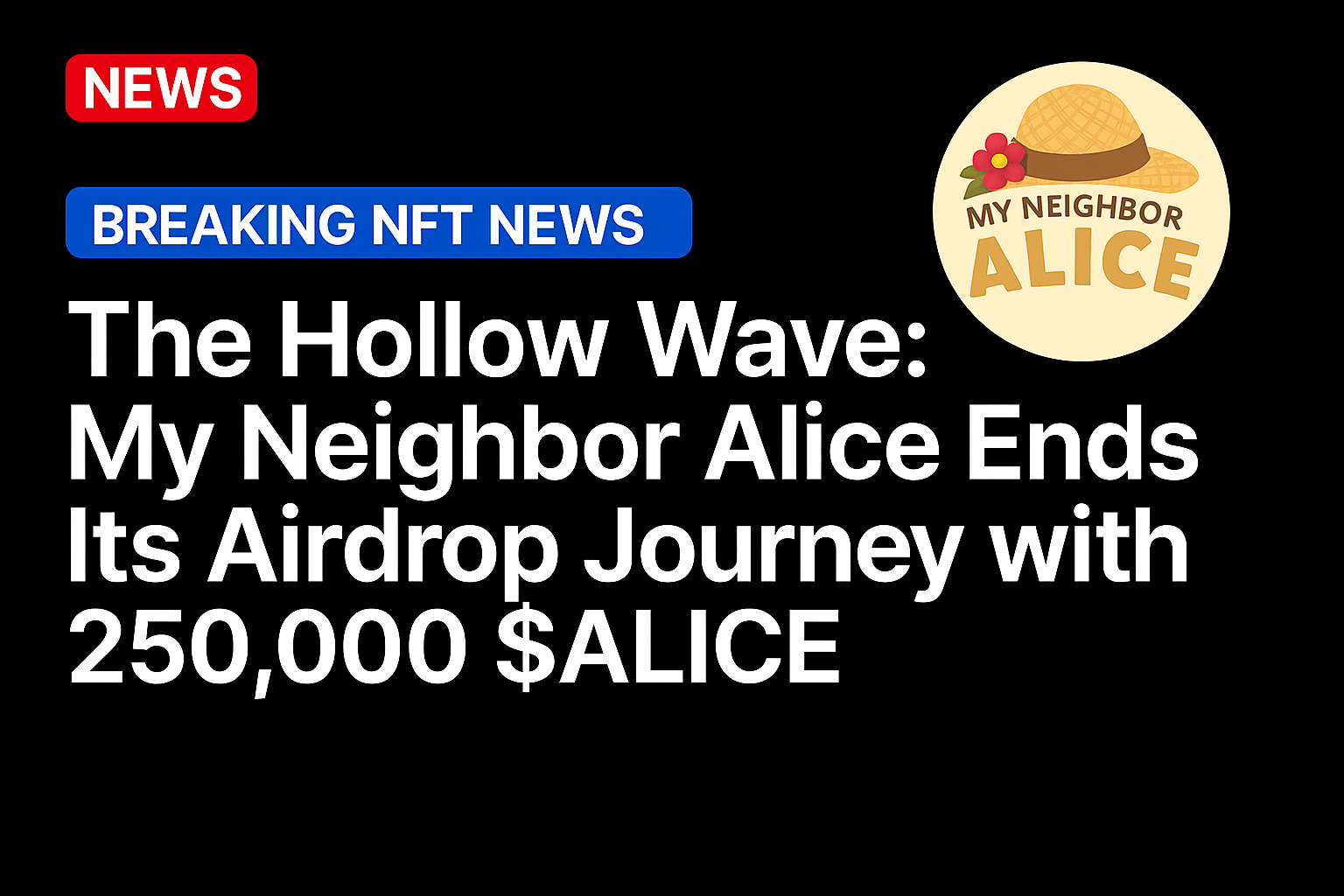The NFT market has experienced a notable downturn, with its total market capitalization falling to $8.1 billion as of August 18, 2025, according to NFT Price Floor. This represents a decline of approximately $1.3 billion from the $9.4 billion peak recorded on August 13, as reported by DappRadar. The decline follows broader losses in the cryptocurrency market, particularly Ethereum ETH -2.82% (ETH), whose price correction has had a cascading effect on NFT trading activity and valuations [1].
The drop in the NFT sector’s market cap coincided with a broader downturn in crypto markets. On the same date, CoinGecko reported the NFT market cap had fallen from $8.2 billion to $7.03 billion, a 16.6% decrease. This decline reflects reduced investor appetite and shifting market conditions, with Ethereum’s volatility playing a central role. Given that most NFTs are created and traded on the Ethereum blockchain, which accounts for more than half of all NFT transactions, the direct link between ETH’s price movements and NFT valuations is significant [1].
Gas fees on the Ethereum network have also surged during this period, contributing to lower trading activity and a reduction in user participation. According to CryptoSlam, trading volume and overall NFT activity have declined sharply, with many collectors and traders opting to hold rather than engage in new transactions. The rise in transaction costs has made minting and transferring NFTs less attractive, further dampening market momentum [1].
Floor prices across major NFT collections also saw widespread declines. The drop in value was not limited to small or speculative projects—blue-chip collections like CryptoPunks and Bored Ape Yacht Club experienced significant devaluation, in line with the broader trend. However, some collections bucked the trend; Pudgy Penguins, for example, rose in prominence and secured the second-highest market cap among NFTs. This suggests that while the market is broadly bearish, certain projects are gaining traction due to strong community support or unique positioning [1].
Despite a few high-profile institutional purchases, the overall outlook for the NFT market remains uncertain. The correction has exposed vulnerabilities in a market that, until recently, had been largely driven by speculation and hype. As the sector adjusts to this new reality, the focus may shift toward projects that can demonstrate tangible utility, real-world applications, and sustained community engagement. Analysts suggest that this period of adjustment may help weed out speculative activity and establish a more fundamentals-driven market [1].
The current environment highlights the deep interconnection between the NFT market and broader crypto trends. While the drop in NFT valuations has been painful for many investors, it also presents an opportunity for consolidation and long-term repositioning. For the sector to regain strength, it will need to move beyond speculative buying and build a foundation based on real-world value and innovation. Until then, market confidence and liquidity will remain key factors shaping the future of the NFT space [1].
Source: https://www.ainvest.com/




